Advertisement
Grab your lab coat. Let's get started
Welcome!
Welcome!
Create an account below to get 6 C&EN articles per month, receive newsletters and more - all free.
It seems this is your first time logging in online. Please enter the following information to continue.
As an ACS member you automatically get access to this site. All we need is few more details to create your reading experience.
Not you? Sign in with a different account.
Not you? Sign in with a different account.
ERROR 1
ERROR 1
ERROR 2
ERROR 2
ERROR 2
ERROR 2
ERROR 2
Password and Confirm password must match.
If you have an ACS member number, please enter it here so we can link this account to your membership. (optional)
ERROR 2
ACS values your privacy. By submitting your information, you are gaining access to C&EN and subscribing to our weekly newsletter. We use the information you provide to make your reading experience better, and we will never sell your data to third party members.
Safety
The uneven world of chemical accident investigation
Experts point out differences, call U.S. Chemical Safety Board a world model in root-cause probes
by Jeff Johnson, special to C&EN
August 29, 2016
| A version of this story appeared in
Volume 94, Issue 34
Around the globe, chemical factories and refineries catch fire and explode. Workers die, and communities are devastated. After such incidents, engineers, companies, unions, regulators, and emergency planners learn lessons from studying the mistakes that triggered them. Sometimes industrial safety improves. Sometimes it doesn’t.
In most of the world, chemical accidents are investigated by companies and regulators aiming to learn who did what and what went wrong. The investigations and recommendations can be used to improve workplace safety and correct industrial errors.
The report may or may not have much to do with industrial safety.
Companies, however, don’t share their investigation results. For regulators, the driving force behind investigations is enforcement. Their probes will be closely contested affairs and unlikely to serve as a learning device.
Noteworthy accidents
Safety experts cite probes of these incidents to illustrate international disparities in chemical accident investigations

\
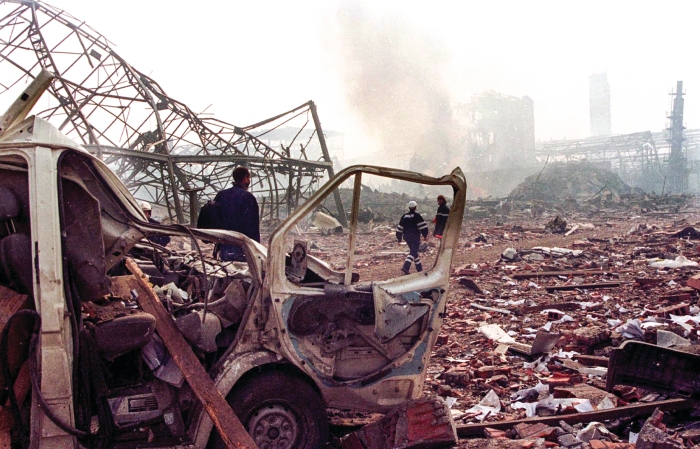
\

\

\

\
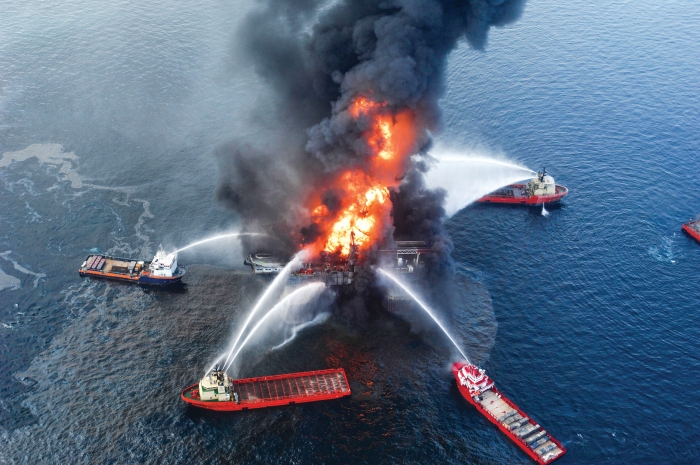
\

\
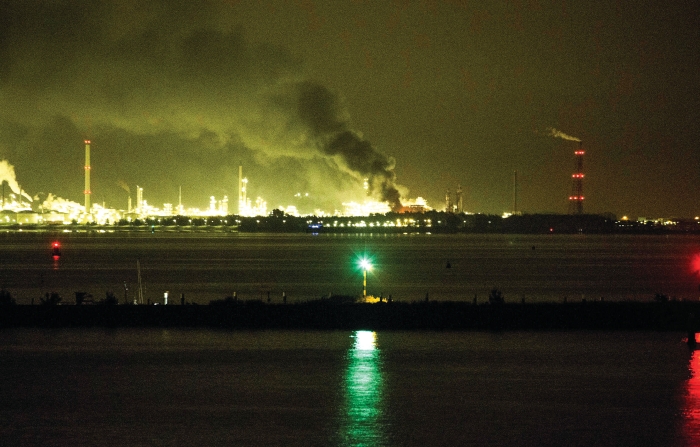
\
When an accident is particularly horrendous, deadly, costly, or controversial, a national government will often create a blue-ribbon committee to investigate. Experts are brought in, and a report results. But the report may or may not have much to do with industrial safety.
Regulatory enforcement investigations and special onetime panels both have strengths—and both have problems, safety experts say. However, efforts to move to a third, global, way have met with difficulties, leaving the Chemical Safety Board (CSB) of the U.S. as perhaps the current best model for how to investigate chemically related accidents.
Today, there are as many approaches to accident investigation as there are countries that suffer accidents. Trish Kerin offers the example of Australia, where she resides. Kerin is the director of the Institution of Chemical Engineers Safety Centre, an international chemical industry member organization.
Australia, she notes, has a fragmented industrial regulatory system that is divided among local, state, and territorial agencies, each investigating accidents and enforcing regulations within its jurisdiction. However, when a significantly large accident occurs in Australia, a special panel or royal commission is created to conduct a full-scale investigation, Kerin explains.
For example, in 1998 the Esso Longford natural gas processing plant some 200 km east of Melbourne blew up. Longford is a receiving facility for offshore oil and gas production facilities. In the accident, a heat exchanger’s mechanical problems led to the release of natural gas, which exploded and caught fire. Two workers died, and the fire lasted for days.
Gas supplies to the state of Victoria, Kerin says, were cut off for more than two weeks. “No natural gas for cooking, no hot showers for Melbourne,” she says.
According to Kerin, Esso blamed operator error, but a royal commission found the company’s safety regime, worker training programs, and workplace safety oversight at fault.
“However,” she says, “the only reason the accident got a royal commission investigation was because of no natural gas to Melbourne for three weeks. The investigation had nothing to do with the death of two workers. Nor was it formed to discover why it happened. It was about people having cold showers in Melbourne and the government needed to do something about it.”
Similarly, in Western Australia, the Varanus Island offshore natural gas line ruptured in 2008 at a processing port, cutting of gas to nearby Perth. It too resulted in a royal commission investigation and report.
“These investigations were not conducted to seek the accident’s root cause, or to discover a failure of process safety management, or see if similar conditions exist in other companies,” Kerin says.
However, the answers to these questions, she says, are as critical to avoiding similar accidents as is sharing the information widely.
When asked for an example of how such investigations should be done, Kerin and other experts from around the world point to the U.S. CSB. Although it is a government agency, CSB is independent. It selects accidents to investigate, tracks trends, and produces reports, safety videos, and bulletins. Over the past 18 years, it has investigated and reported on 87 incidents and issued more than 30 safety videos, which have been used worldwide.
“The rest of the world is jealous of CSB,” Kerin says. “We wish we had one because its purpose is to investigate and understand what happened—not because of community pressure or for the purpose of prosecution. It can find ways to avoid situations where everyone brings in their lawyers and gets their fences up and tries to get all accident-related information privileged and off-limits to investigators.”
CSB may be a model, but it is now in disarray.
After a yearlong investigation by the U.S. Congress, its chairman was forced to resign last year. His replacement has started only one accident investigation since then.
CSB has been continuously investigated by the Environmental Protection Agency’s Office of Inspector General, which has oversight over the board. Among OIG’s charges: CSB’s 40-person staff investigated only 11 accidents in five years, during which 241 fatal industrial accidents occurred in the U.S.
CSB’s critics, however, fail to note that Congress has been unwilling to increase the board’s funding and that its annual budget of $10 million has remained flat during its two decades of existence.
Whether CSB is now treading water while it rebuilds or is slowly drowning is unclear. What is evident, however, is that its output and investigatory authority is greatly diminished, which worries Kerin and other non-U.S. safety experts.
Elsewhere in the world, most accidents are investigated by regulatory agencies for enforcement purposes. “Unlike CSB, we are regulators,” says Ian Whewell, former director of the offshore division of the U.K.’s Health & Safety Executive. HSE’s charge, he notes, is industrial health and safety regulations.
“Our investigations can lead to legal proceedings against the company, and investigations are a key part of our regulatory system,” Whewell says. “If something goes wrong, it demonstrates that there is a crack in the armor, so I am reluctant to separate accident investigation from regulations. Big accidents, like those that occur in the U.S. and are investigated by CSB, are extremely rare in the U.K. and are investigated by special commission. We have fewer industries and fewer accidents,” he adds.
The U.K.’s most recent large accident that merited a special commission took place in 2005, he says, at the Buncefield oil storage terminal about 40 km northwest of London.
HSE does conduct small-scale accident reviews and issue brief reports and safety bulletins, but on a scale smaller than in the U.S., Whewell says.
Whewell uses CSB reports, particularly the investigations of the 2005 Texas City, Texas, refinery accident, which killed 15 workers, and the Deepwater Horizon offshore oil drilling platform disaster, in which 11 workers died in 2010. Both accidents were at facilities operated by BP, which has its headquarters in London.
CSB’s findings, he says, “provided a very significant platform for HSE to challenge BP and advance many improvements.”
Closer in form to CSB is the independent Dutch Safety Board. It investigates industrial accidents, along with aviation, rail traffic, and health care incidents. Like CSB, its goal is to draw safety lessons and prevent future accidents, according to spokesperson Sara Vernooij.
“The rest of the world is jealous of CSB.”
“We cannot investigate everything that happens, so the board decides what occurrences will be investigated,” aside from probes mandated by Dutch law or international treaties, she says. “The decision to investigate depends on safety lessons that we think we can learn.”
A 2014 fire and explosion at Shell’s Moerdijk petrochemical plant about 40 km south of Rotterdam resulted in a Dutch accident report, safety video, and accident animation that were comparable to CSB products, several safety experts, including former CSB members and staff, tell C&EN. But the Dutch Safety Board has investigated just two chemical-related industrial accidents, according to its website.
Nearly every European country has some form of investigatory body. The European Union has developed a small accident database to share lessons learned and better tie country-specific accident investigation systems together.
The European Commission, the EU’s executive body, does not conduct investigations, its public affairs office stresses. Rather, it collects accident data from the 28 EU countries through its Major Accident Reporting System. Using this material, the EU’s Joint Research Centre produces lessons-learned bulletins on industrial accidents and has, for instance, explored runaway chemical reactions and safe use of explosives and hydrogen.
The Joint Research Centre has produced nine brief bulletins since 2012. It does not make recommendations, an EC spokesperson emphasizes. Any application of its reports is left to EU member countries.
The country-specific nature of chemical-related accident investigations and the tiered investigatory process in most countries complicates probes, says Nicolas Dechy, a French safety expert and engineer. In France, for instance, an industrial accident can trigger inquiry from nine investigatory bodies—from local police to safety and environmental agencies to Parliament.
Dechy is a board member of the European Safety, Reliability & Data Association, a nonprofit organization that collects and shares accident data with the EU system. He estimates that about 30 major chemical-related incidents occur collectively in EU countries each year.
Dechy says French officials considered creating a CSB-like investigatory body after an ammonium nitrate explosion that killed 29 people in 2001 in Toulouse. He was involved in a working group that examined options. “A CSB on the European level is needed,” he says. “However, the political and financial will was lacking to create such a board.”
Outside of long-industrialized nations, chemical accident investigations are a mixed bag, says Scott Berger. Now retired, Berger is the former director of the American Institute of Chemical Engineers’ Center for Chemical Process Safety, a global organization of chemical engineers with headquarters in the U.S.
India, for example, has its Oil Industry Safety Directorate, he notes. This is a technical body under the Ministry of Petroleum & Natural Gas that has developed a series of “self-regulatory measures” to guide companies and encourage industrial safety.
The directorate has also created a database of some 39 chemical-related industrial accidents that includes root-cause analysis and brief lessons-learned statements as well as accident photos. The companies involved in the incidents are not identified, but the processes and industrial sectors are. The directorate completed what Berger calls an excellent report on a 2009 accident that killed 12 at Indian Oil’s depot in Jaipur.
More typical in developing countries, though, is a tangle of investigations of state-owned facilities by government bodies, Berger says. These often result in vague and inaccurate accident reports, he says.
For instance, the Venezuela government investigated a 2012 fire that killed 47 at a state-owned refinery 550 km northwest of Caracas. The investigation blamed the accident on terrorism or sabotage.
“All the signs pointed to a history of poor maintenance as the cause,” Berger says. “The government was simply trying to shift blame from itself.”
In China, accidents are investigated by a regulatory agency, the State Administration of Work Safety. Its investigations, Berger says, focus more on finding fault at the expense of discovering systemic safety and manufacturing problems.
There is no global body to investigate chemical-related industrial accidents, discover their cause, and recommend how accidents could be avoided. And maybe most important, there is no worldwide database of shared knowledge and history of industrial accidents, including lessons learned.
Creating such an institution would mean surmounting many barriers, notes Helge Ryggvik, a Norwegian economic historian whose research has focused on oil and chemical accidents and regulations.
Ryggvik, a faculty member at the University of Oslo, notes that countries have unique histories, cultures, and institutions that influence how regulations are developed and enforced and how accidents are investigated. Like others, he has examined the international influence of the BP Texas City and Deepwater Horizon incidents.
These accidents, and the investigations and reports that resulted, proved to be a watershed for demonstrating investigatory methods and improving regulations, Ryggvik and other safety experts say. However, Ryggvik notes that countries still often remain timid in reshaping national regulations on the basis of investigations done by foreign bodies.
A year ago, Berger directed an effort to create a system of country-specific process safety investigation boards, a sort of international CSB. Other than creating a white paper, the proposal went nowhere.
Advertisement
Australia’s Kerin supported the plan but says it failed to address the biggest problem—money. With little likelihood of a new international investigatory body, Kerin and others pin hopes on a rebuilt CSB.
“CSB may be the best model for international investigations,” she says. “Its turmoil is so unfortunate.”

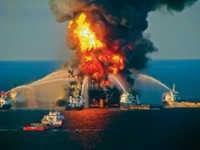
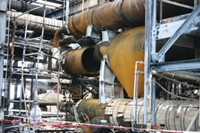

Join the conversation
Contact the reporter
Submit a Letter to the Editor for publication
Engage with us on Twitter